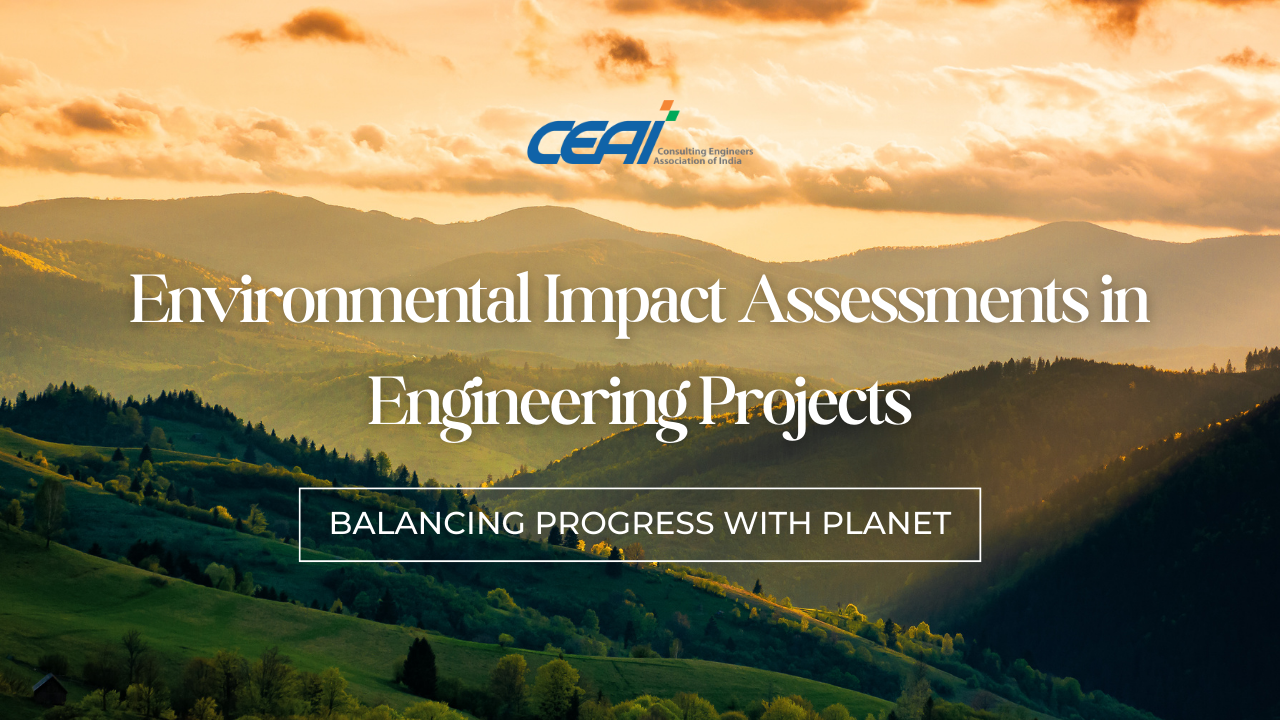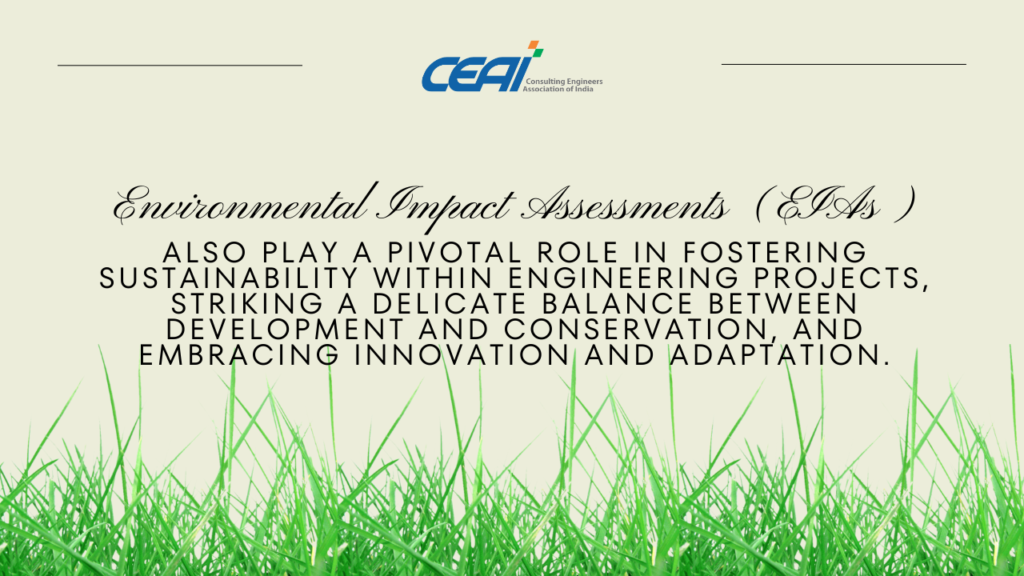
Engineering projects stand as the pillars of modern society, forging everything from towering skyscrapers to intricate transportation networks. However, this transformation often exacts an ecological toll, affecting our environment in various ways. To ensure sustainable development and minimize harm to the planet, the role of Environmental Impact Assessments (EIAs) in engineering projects cannot be overstated. In this comprehensive exploration, we’ll delve deep into the significance of EIAs, their pivotal role in regulatory compliance, and how they contribute to the creation of a more sustainable future.
Understanding the Essence of Environmental Impact Assessments
Before delving into the importance of EIAs, it’s crucial to clarify their core function. An Environmental Impact Assessment is a meticulous evaluation of the potential environmental repercussions associated with a proposed project. It serves to identify, predict, and assess the impact of various project facets on the environment. These facets encompass not only the construction phase but also the operation and, in some cases, the decommissioning phase of the project.

Navigating Regulatory Waters: The Imperative of Compliance
One of the primary reasons for conducting EIAs is to ensure unwavering adherence to environmental laws and regulations. Governments across the globe have recognized the paramount importance of safeguarding their natural resources and, in response, have enacted legislation to hold projects accountable for their ecological footprint. EIAs provide a structured framework for project developers to meet and exceed these rigorous regulations, helping them secure the necessary permits and licenses. Non-compliance can result in costly delays, substantial fines, and severe reputational damage, making EIAs not just a best practice but an indispensable legal requirement in numerous jurisdictions.
Fostering Sustainability: Pioneering a Greener Trajectory
Beyond the obligations of regulatory compliance, EIAs play a pivotal role in fostering sustainability within engineering projects. In this context, sustainability transcends environmental considerations alone; it encompasses economic and social factors as well. EIAs meticulously evaluate the potential harm a project may inflict on ecosystems, air and water quality, and biodiversity. Armed with this knowledge, project developers can make informed decisions to mitigate adverse impacts. This might involve refining project designs, embracing cutting-edge eco-friendly technologies, or implementing forward-thinking conservation measures.
Striking a Delicate Balance Between Development and Conservation
EIAs provide an invaluable forum for stakeholders, including environmental experts, local communities, and regulatory bodies, to assess the benefits and drawbacks of a project comprehensively. This ensures that development doesn’t transpire at the expense of irreversible environmental degradation. The ultimate aim is to strike a harmonious balance between progress and conservation, identifying mutually advantageous solutions that permit projects to advance while preserving valuable natural resources.

Embracing Innovation and Adaptation
The world of engineering is a dynamic landscape, characterized by constant innovation and the relentless evolution of technologies. In this context, EIAs are not static documents; they adapt and evolve to remain in sync with these ceaseless changes. As new environmental challenges surface and fresh, sustainable solutions become available, EIAs offer a pivotal platform for seamlessly integrating these innovations into project planning. This adaptability ensures that projects remain at the forefront of environmental stewardship and continue to champion sustainability.
A Brighter, Greener Future: The Imperative of EIAs
In an era where sustainability stands as a global imperative, EIAs are indispensable tools for engineering projects. They align development with environmental protection, ensuring that our endeavors leave an enduring, positive legacy for future generations. As we confront the formidable challenges posed by climate change and the depletion of finite resources, the role of EIAs becomes even more critical. These assessments are not impediments but guiding stars illuminating the path toward a brighter, greener future. In the realm of engineering, EIAs are beacons of hope, directing our progress toward a more sustainable, harmonious coexistence between humanity and the natural world.
